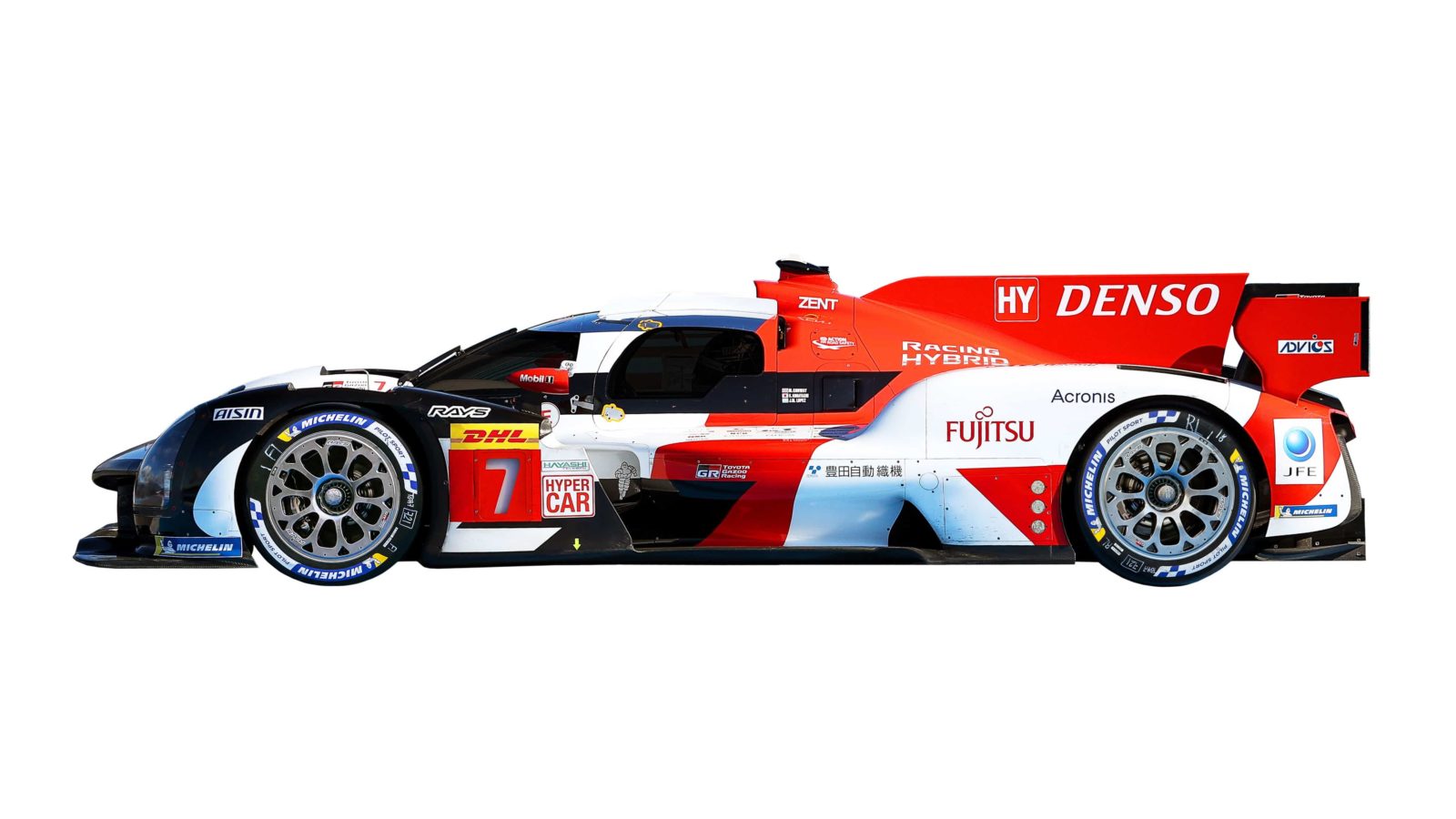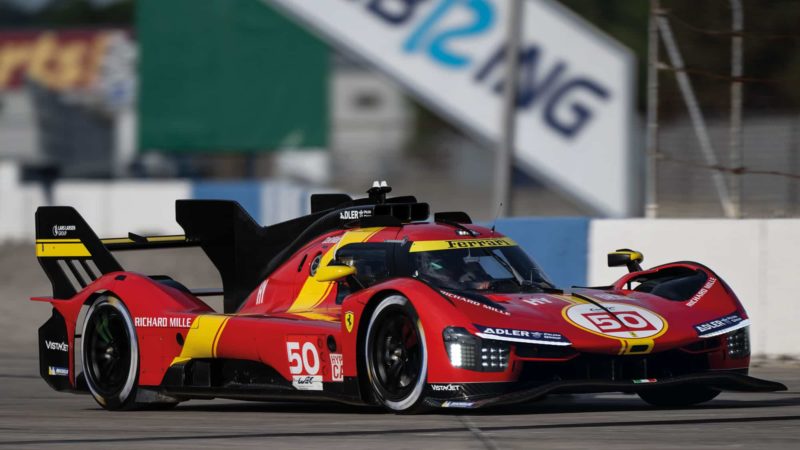How the ‘new dawn’ gained momentum
WEC and IMSA’s route to a level playing field explained

The announcement of what was quickly termed ‘convergence’ in January 2020 was proclaimed as a new dawn for sports car racing. It wasn’t, however, quite what it seemed. Yes, LMDh machinery could race in both IMSA and the WEC but, initially at least, Le Mans Hypercars couldn’t cross the pond the other way. It took another 18 months for the path to be cleared for a truly universal category.
That involved mitigating the advantages of the front-wheel-drive hybrid systems of the LMHs. From the beginning of the 2022 WEC season electrical power from their front-axle energy-retrieval systems could be deployed only in the fastest of corners and in the straightline. All but wiping out the benefits of four-wheel traction was essential if there was to be true convergence, argued the manufacturers of LMDh machinery with rear-axle hybrid power.
Now that all-wheel traction is no longer a factor, matching the performance of cars built to two different rulebooks should be doable. Both sets of regulations prescribe performance windows into which they must fit in terms of downforce and drag, while power delivery to a set torque curve is monitored by sensors. The building blocks are there to create a level playing field under the Balance of Performance.

The return of Ferrari to top-level enduro racing starts at Sebring
LAT/MISA
